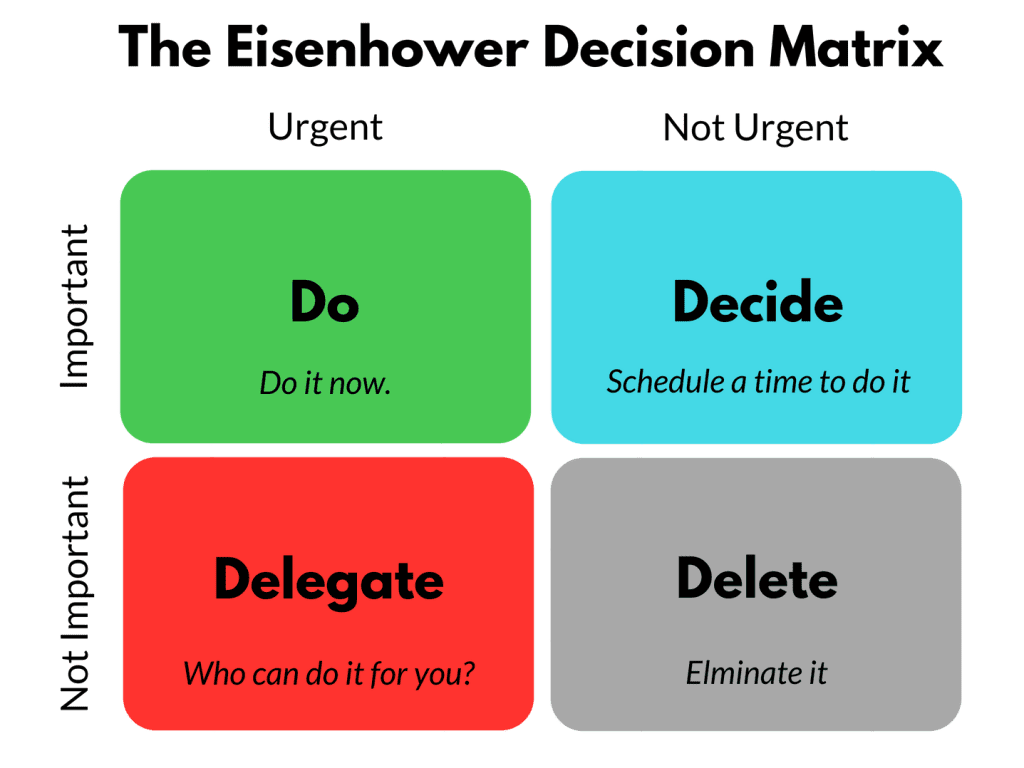A Guide For New Technology Leaders - Part 1
I've organised the various posts I've written to help new technology leaders succeed. I've also included the external resources I frequently recommend when coaching CTOs.

Hi everyone,
Thank you for reading Great CTOs Focus on Outcomes. I publish weekly and have an archive of over 150 posts, each packed with valuable insights on various topics relevant to CTOs and the issues they face, distilled from my career experience.
I strive to make each post a helpful resource on the topic it focuses on so that when a CTO has a need, they can reference an atomic nugget of insight. To this end, I regularly revisit and refine posts, ensuring you always receive the best and most up-to-date information with the most clarity.
If you’d like to support the growth of this resource, consider upgrading to paid and take advantage of the other ways I can help you.One of the first things technologists new to leadership roles observe is the shift in the mix of what is demanding their attention and what they can do to help influence success for their team and company. What worked in their favour before often doesn’t work in their new role.
For instance, your expertise is great when your team asks for advice but becomes a potential bottleneck if they rely on you to solve their problems regularly or, worse if they are tempted to micromanage. Communication styles that worked well amongst team peers translate to confusion and misalignment when applied one-to-many, and so on.
This shift immediately creates tension between how they are used to solving problems and how they will do it now to be effective leaders.
Here are some of the new skills to be learned as new leaders, which I have organised into the following themes across two posts:
In part 2, we will cover:
Helping to remove obstacles
Addressing conflict and performance issues
Support better decision-making
Developing others
For each of these topics, here are some of the most relevant posts I’ve written and useful third-party resources that I regularly refer to in my coaching sessions with new leaders.
How you invest your time and attention
To be strategic, CTOs need blocks of time available for deep thinking and collaboration to maintain a standard they hold themselves to. Here's how to secure that time.
When it comes to using time, what you prioritise and how you respond to those decisions is critical. At their most fundamental, you can think of these decisions in this 2x2 matrix. There’s much more to prioritisation and decision quality, as we will touch on later, but this is a good foundation for ensuring we don’t take on too much ourselves.
Part of leading is having systems in place, which often means ensuring appropriate feedback loops to detect when we are off-track. These systems reduce the waste from excessive effort in the wrong direction, as I learned painfully away from work on a 9-hour drive to a snow resort.
A common challenge I've coached teams on is how they can think about their continuous improvement efforts. How we think about pace, both in the short and long term, is a key success factor.
In most organisations, there is a contradiction. Leaders claim there is no time to give clear direction, yet time wasted due to a lack of direction is tolerated. How can leaders break the cycle?
Providing context and enabling alignment
A good use of a leader's effort is to provide their team context. So what is context, and what context is most useful for software development teams?
We can use different types of context for our work, and the more context we have, the better decisions we can make. Let's consider what context would be helpful.
All things being equal, where can leaders exert their effort and have the most significant impact? Here's a simple model I call Walters' Lever of Improvement.
Leading through influence
When your expertise applies to the qualitative aspects of a product or service, it can be challenging to articulate the importance of these issues. Here's how I approach this.
Do you find it hard to get support for significant technical investments? In my ongoing series of posts on communicating in ways that reach your audience, I discuss the importance of reducing jargon.
How often have you seen something 'important' shared once and never heard about again? To achieve change, you must communicate intentionally and not be afraid to repeat the message.
As a new leader, how do I know I am starting to support my team successfully? I've noticed this subtle thing to pay attention to as I have become a more effective leader.
Empowering others
In situations of change or stagnation, it can be helpful to have a safe way to discuss areas of ambiguity or disagreement. Here's a workshop that may assist.
Of the lessons I've learned over my career, of those that are nearly universally helpful advice, if I were to distil them into principles, one would be, 'Make the implicit explicit.'
In teamwork, one or more members often have ideas for making a significant change. Sometimes, most or all of the team may support the change, yet it still fails to take hold. Why is that?
Was this a useful resource and a way to discover relevant older posts? Do you have other categories you are interested in that you are wondering if I have written about, or do you have resources I regularly refer to that you would like me to compile? Let me know in the comments.
If you enjoyed this publication, please help others find us and benefit from the insights.
















